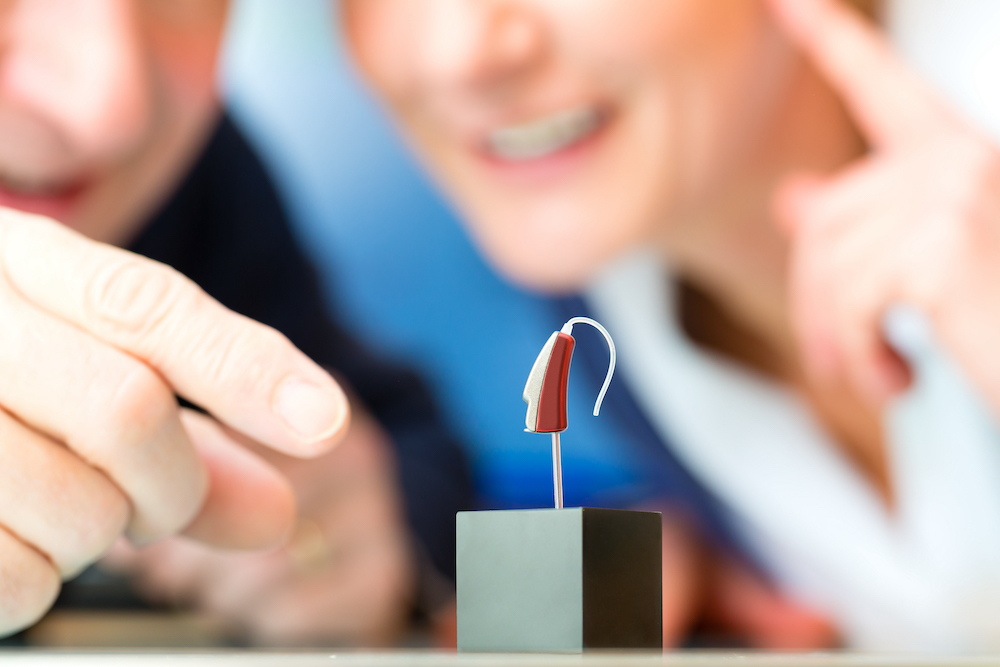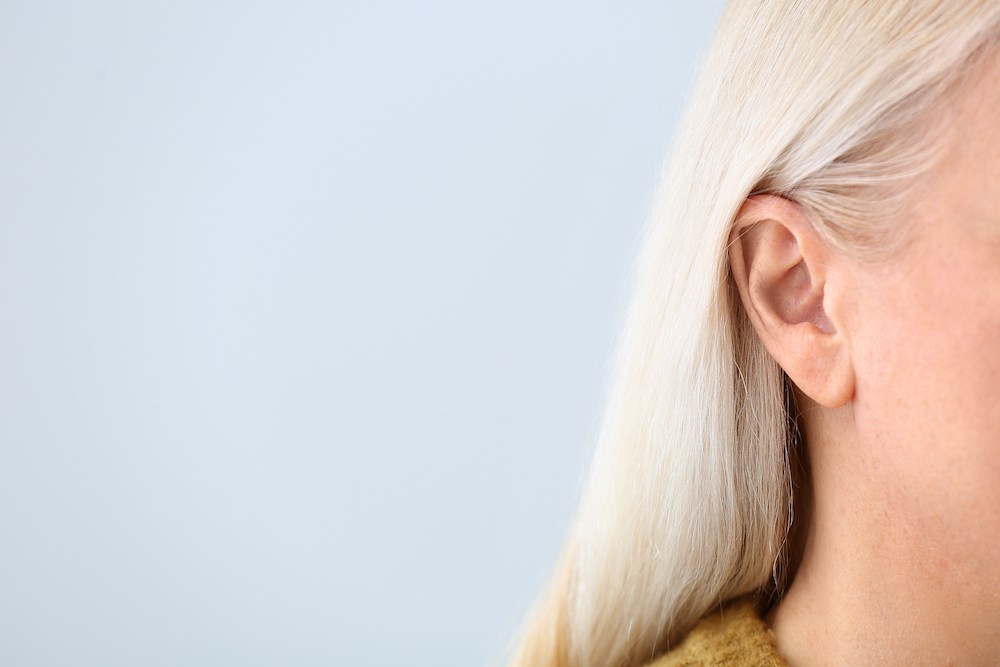3D-Printed Hearing Aids: A Game-Changer in Customization
Hearing loss can be a challenging experience, especially when you’re

By: admin | May 26, 2023
In the world of auditory health, hearing aids play a crucial role in enhancing the quality of life for individuals experiencing hearing loss. However, choosing the best hearing aid involves more than merely selecting one that fits. Many factors come into play, from understanding your level of hearing loss to considering your lifestyle needs and aesthetic preferences. This article will provide an in-depth analysis to guide you in making the best choice for your hearing health.
Before delving into the specifics of hearing aids, it’s essential to understand your hearing loss’s nature and extent. An audiological assessment by your audiologist will help identify the type and degree of your hearing loss, be it conductive, sensorineural, or a mix of both, and whether it affects one or both ears. Understanding your hearing profile forms the foundation of your hearing aid selection process.
Hearing aids come in various styles and sizes, each offering distinct benefits. Some of the common types include Behind-The-Ear (BTE), In-The-Ear (ITE), In-The-Canal (ITC), and Completely-In-Canal (CIC). While BTE models house their components in a case that rests behind the ear, ITE models are custom made to fit the outer opening of your ear. ITC and CIC models are even smaller and less visible as they fit partly or wholly in the ear canal. Your audiologist will assist you in evaluating these types and matching them to your needs and preferences.
Modern hearing aids come packed with an array of technological features that cater to different auditory environments. For instance, directional microphones enhance the sound coming from in front of you, reducing background noise. Telecoils help with phone conversations, and Bluetooth compatibility allows seamless connection with various electronic devices. While these features can offer additional convenience, it’s crucial to weigh their necessity against your lifestyle and budget.
Your lifestyle plays a significant role in selecting the best hearing aid. If you lead an active lifestyle and engage in outdoor activities, you might benefit from hearing aids with wind noise reduction or waterproof features. On the other hand, if you frequently attend social gatherings or meetings, hearing aids with advanced noise reduction technology might be ideal. Furthermore, consider your comfort with handling small devices and changing tiny batteries if you’re leaning towards smaller, less visible models.
While functionality should take precedence, aesthetic preferences are undeniably a factor. Hearing aids come in various colors and designs. Some people prefer devices that blend with their skin or hair color, while others might choose a style that stands out as a fashion statement. The key is to select a device you feel confident wearing.
Hearing aids are an investment in your auditory health, and their prices vary based on style, technology, and additional features. While high-end models might offer more features, mid-range models can also provide excellent hearing assistance. It’s crucial to discuss your budget with your audiologist and also explore insurance coverage options.
Most hearing aid providers offer a trial period during which you can test the device. This period allows you to experience the hearing aid in various settings and determine whether it suits your needs. Also, ensure the hearing aid comes with a comprehensive warranty that covers parts and labor for a specified period.
Finally, consider the aftercare services provided by your audiologist. Regular follow-ups, device adjustments, cleaning, and maintenance are part of ensuring the longevity of your hearing aids and your satisfaction with their performance.
It’s worth noting that hearing aids, like any piece of technology, may occasionally experience issues. Common troubleshooting problems include a lack of sound or low sound output, which could be due to battery issues, blocked earmolds, or even the device inadvertently switching to the telecoil setting. Moisture damage is another prevalent issue, especially for those living in humid environments or leading active lifestyles. Regular use of a hearing aid dehumidifier and avoiding exposure to extreme temperatures or water can help mitigate this problem. Always consult your audiologist if you’re experiencing recurring issues with your hearing aids.
Choosing the best hearing aid is a significant decision that can profoundly impact your daily life. It requires considering various factors, including understanding your hearing loss, exploring
Tags: hearing aid features, hearing aid selection tips, how-to guides

Hearing loss can be a challenging experience, especially when you’re
By: admin | March 26, 2024

If you suspect that you or a loved one might be experiencing hearing
By: admin | December 28, 2023

Do you work in a noisy environment and are experiencing signs of hearing
By: admin | November 25, 2023
